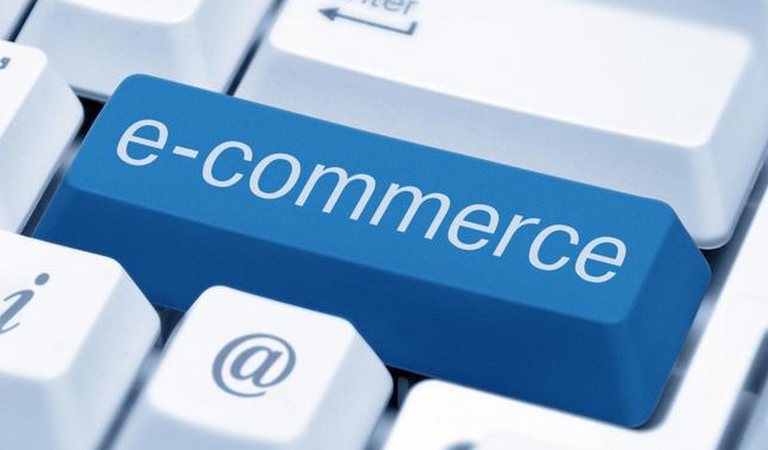

Electronic commerce or e.commerce
The growth of e-commerce in recent years has been record-breaking, and the majority of all transactions are carried out remotely using electronic devices.
Nowadays, it’s hard to imagine a company that doesn’t sell its products or services over the Internet, or doesn’t accept online transactions from its customers or suppliers.
The reason for this is the ease and speed with which electronic payments can be processed, compared with cheques or bank transfers.
To see how e-commerce can help your business grow, let’s start by asking the question: what is e-commerce?
Electronic commerce (e-commerce or e.commerce) is a particular area of every country’s economy that involves financial and monetary transactions conducted over the Internet.
In other words, it’s the process of buying and selling goods or services online, without barriers of distance or time.
The most common example of e-commerce is an online store.
The many advantages of e-commerce include
Ease of real-time sales control:
credit and debit card transactions are recorded by the payment gateway and can be easily consulted via your dashboard (payment gateway, bank, etc.).
Transaction speed: online transactions take much less time than bank transfers, checks, etc.
BUSINESS LEADERS - ENTREPRENEURS
Electronic commerce
What is e-commerce?
Electronic commerce or e.commerce (sometimes written eCommerce) is a business model that enables companies and individuals to buy and sell things over the Internet.
E-commerce operates in the following four main market segments :
- Business to business
- Business to consumer
- Consumer to consumer
- Consumer to business
E-commerce, which can be carried out on computers, tablets or smartphones, can be seen as a digital version of the mail-order catalog.
Almost every product and service imaginable is available via e-commerce transactions, including books, music, airline tickets and financial services such as stock investing and online banking.
E-commerce is therefore considered a highly disruptive technology.

KEY POINTS TO REMEMBER
- E-commerce is the buying and selling of goods and services over the Internet.
- E-commerce can replace physical stores, although some companies choose to keep both.
- Almost anything can be purchased via e-commerce today.
E-commerce enables companies and individuals to do business over the Internet.
What is e-commerce?
E-commerce has helped companies establish a broader market presence (local, national and or international), providing cheaper and more efficient distribution channels for their products or services.
For example, mass retailer Target has complemented its physical presence with an online store that lets customers buy everything from clothes and coffee makers to toothpaste and action figures.
Amazon launched its business with an e-commerce-based model for online sales and product delivery.
Not to be outdone, individual sellers have increasingly engaged in e-commerce transactions via their own websites.
Marketplaces provide a gateway between online sales sites and buyers.
Finally, digital marketplaces such as eBay or Etsy serve as exchanges, where a multitude of buyers and sellers come together to do business.

To boost their sales, e.merchants also use tools such as affiliation, social networks, influencers, SEA and or advanced techniques, such as SEO, whose effects are less rapid and without guarantees.
The advantages and disadvantages of e-commerce
E-commerce offers consumers the following advantages :
- Practical. E-commerce takes place 24/7.
- Increased range. Many virtual stores offer a wider range of products online than they do in their physical stores. And many online-only stores can offer consumers exclusive inventory not available elsewhere.
E-commerce has the following disadvantages :
- Limited customer service. If you’re looking online (on the Internet) for a computer, you can’t ask an employee to advise you on the features of a particular model. And while some websites allow you to chat online with a member of staff, it’s not common practice.
- Lack of instant responsiveness. When you buy an item online, you have to wait for it to be shipped to your home or office. However, retailers like Amazon make the waiting game a little less painful by offering same-day delivery as a premium option for certain products.
- Inability to touch products. Online images don’t allow you to see the details of a product, so online shopping can be unsatisfying when the products received don’t match consumers’ expectations. Case in point: a garment may be made from poor-quality fabric that the online image doesn’t really show.
